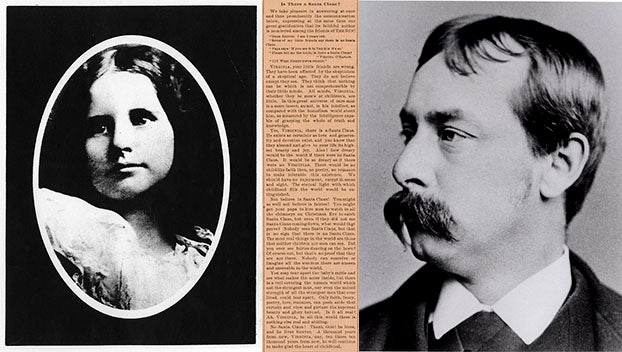It takes the right incentive
Published 10:58 pm Saturday, April 4, 2015
There are plenty of people in the area who can remember the landmarks that used to be — the Fowle House on West Main Street, the homes that once lined Bonner and Water streets, and many others that were torn down in the name of progress or, unfortunately, ultimately demolished by neglect.
Taking on the renovation or restoration of an old building, whether home or business, is a huge commitment, both of time and money. What seems like one project may very well blossom into many, because anyone with any familiarity with older structures knows that one never knows what might be found behind a solid wall, beneath the floorboards, or what might be eating away at structural integrity. It takes a certain personality to take on a project of that potential magnitude—it’s not for everyone. But in order to preserve local history, people just like them need to step in, and in order for that to happen they need support.
Strangely enough they used to be able to get it.
The Turnage Theater, the Washington Tobacco Company, St. Peter’s Rectory, the Buckman Building, Tayloe Drug Store, the Fowle Warehouse, the Thomas Harvey Blount House, the Griffen House, the Baker House, Gallagher House, Rumley House, Calloway House, Daniel Marsh Gould House, Tankard House — the list goes on and those on the list share something in common besides age. The owners of those historic structures were able to take advantage of historic tax credits offered by the state to ease the financial burden of restoring, by choice, little pieces of history. They were offered because people at the state level understood that preserving history is important, but the state couldn’t supply the funds to do it, so they provided the incentive to do it instead. Through tax credits.
Since 1998, over 2,400 historic tax credit projects have been completed statewide, bringing over $1.6 billion of private investment into 90 of 100 North Carolina counties. In Washington alone, $7.7 million of work was done on historic buildings in the past three decades. The least amount spent ($9,500) was on a home on East Fourth Street; the most, on the Turnage Theater (over $4 million). That the tax credits were available made an enormous difference in how much work was done — work that was awarded to local contractors.
But as of right now, those historic tax credits are no longer. They were allowed to expire. As of right now, the North Carolina House overwhelmingly passed a compromise bill that puts caps on projects and supports less developed areas in the state. Now, it’s up to the Senate to do the same — to spur economic development and private investment and to perhaps save another little piece of history that may have gone the way of demolition.
To take on an old house, it takes the right incentive. To vote to restore historic tax credits also requires incentive — in the voices and phone calls and emails to those who are casting the vote.




